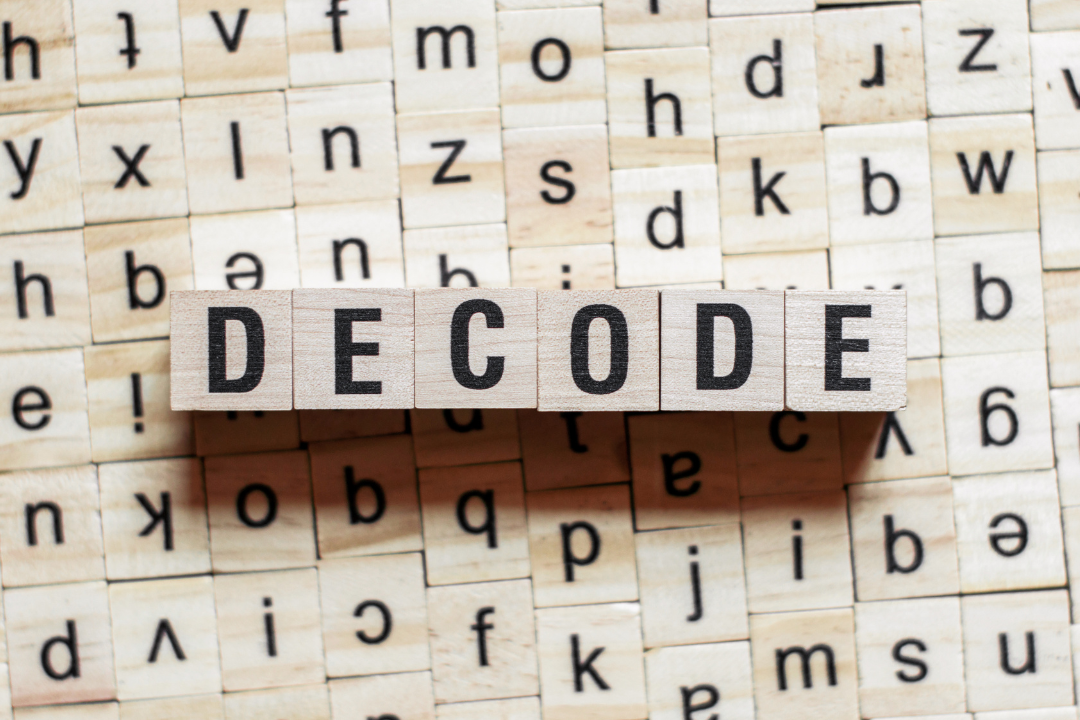
Decoding Pickleball Strategies for Beginners
Share
Entering the world of pickleball can be both exciting and slightly overwhelming. With fast-paced rallies, dynamic movements, and tactical gameplay, understanding strategic fundamentals early on will give beginners a clear edge. This guide breaks down foundational strategies that will make every game smoother, more enjoyable, and, most importantly, successful.
1. Master the Serve for Immediate Advantage
While the serve in pickleball might appear simple, a strategic serve can set the tone for the entire rally. Rather than aiming for power alone, focus on accuracy and spin to keep your opponent on their toes. A well-placed serve forces the opponent into a defensive position, making it harder for them to counterattack effectively.
Pro Tip: Practice varying your serve's height and speed to add an element of surprise. A serve with slight spin can create just enough unpredictability to give you the upper hand.
2. Positioning: Stay Close to the Non-Volley Zone
In pickleball, the “kitchen” (non-volley zone) is a critical area for controlling the court. Moving up close after the serve allows you to intercept shots earlier, keeping the pressure on your opponent and giving them less time to react. Beginners who learn to hold their ground near the kitchen often gain an advantage in exchanges.
Pro Tip: Make small, controlled steps forward to avoid foot faults and stay balanced while navigating the kitchen line.
3. Learn the Art of the “Dink” Shot
The dink shot is a soft, controlled shot that lands just beyond the net in the opponent’s non-volley zone. This tactic keeps your opponents close to the net, minimizing their chances for powerful returns. The dink shot also allows you to build control and consistency, essential skills for beginners looking to refine their gameplay.
Pro Tip: Practice dinking consistently. Aim for a low, soft arc that lands close to the net; this makes it challenging for opponents to respond with aggressive shots.
4. Mastering Court Communication with a Partner
If you’re playing doubles, communication with your partner is fundamental. A simple phrase like “mine” or “yours” can prevent overlap and missed shots. Clear communication ensures both players are in sync, creating a smooth rhythm and better defense against opponents’ attacks.
Pro Tip: Establish basic signals or words with your partner to quickly decide who covers which area during a rally. Effective teamwork often wins the game.
5. Anticipate Your Opponent’s Next Move
Beginners can benefit tremendously from observing their opponent’s body language. Small cues, such as the way a player shifts their weight or positions their paddle, can reveal the direction and type of shot they’re about to make. Anticipating these subtle signals allows you to react faster and position yourself more effectively.
Pro Tip: As you play, take a moment to notice patterns in your opponent’s shots. This awareness will help you prepare for returns and give you an edge in rallies.
6. Maintain Mental Resilience and Adaptability
Pickleball games can change quickly. Opponents may switch strategies mid-game, or environmental factors might require rapid adjustments. The key to success is mental flexibility. Accepting the unpredictability of pickleball, and staying calm, helps keep your focus sharp and your confidence steady.
Pro Tip: In high-pressure moments, take a deep breath and center yourself. A calm mind is more agile and responsive, enhancing both your reaction time and strategic thinking.
For beginners, mastering these foundational strategies will provide a solid grounding in pickleball, transforming each game into an opportunity for growth and fun. With practice and a keen eye on improving these skills, you’ll find yourself feeling confident and ready to take on any match that comes your way.












